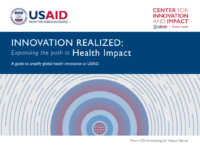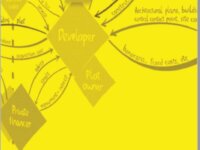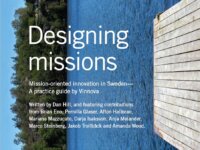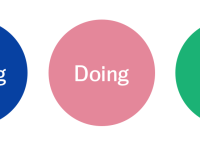Toolkit Type: Manual/Handbook
This guide provides a detailed methodology for conducting effective and innovative data science projects in the public domain. The guide is divided into four phases: understanding the problem, designing the proposed solution, developing the pilot and implementing the solution. In each of these phases, detailed steps and practical tools are presented to ensure the success of the project. In addition, the guide includes ethical and data security considerations to ensure that the project is carried…
This Handbook for Working Innovatively in Public Administration guides you through the different phases of an innovation process. It contains templates and working documents tailored to the needs of public administrations. They explain various innovation methods, describe what is needed to apply these methods, detail how to actually implement these methods, and highlight what results can be expected. From preparation and team building, to research and brainstorming, to the development and…
This resource is a guide to amplify global health impact from the perspective of a development organisation. It builds on the successes of USAID's work and lays out practical ways to identify opportunities to apply innovation to solve real problems using a portfolio approach. The resource has been co-developed with significant input from USAID colleagues across their health offices, and captures best practices and innovation opportunities, dispels myths and highlights examples of and resources…
This cookbook of strategies for change is about the role that a strong public innovation system plays along the pathways towards sustainable food systems.
The publishers demonstrate this through a mission approach for deliberate food system transformation that can support people, planet and society. This strategy cookbook includes templates for developing interventions, guides for how to get started and examples of cross-cutting projects – that can be used to create recipes for change. The…
Translating global sustainable development goals into concrete actions for systemic change remains one of the greatest challenges of our times, requiring changes in the structures of the sociotechnical systems that define our world. Value Network Mapping helps in getting a grip on the structure of these sub-systems and enables users to identify together intervention points that make sustainability transitions happen. The method helps users co-create such changes, while balancing individual needs…
Mission-oriented innovation aims to create change at the system level where everyone involved is involved and drives development. The working method is a tool for achieving jointly set sustainability goals on a broad basis and with great impact.
In this handbook, we tell about Vinnova's work together with a number of relevant actors to jointly create mission-oriented innovation. You can follow how the actors under 2019-2021 test and develop the working method in the two different areas of food…
This toolkit offers a starting point and a framework for uncovering circular potentials and barriers and to potentially identify new circular business models. The tools in this toolkit focus specifically on mapping a company's circular potentials in the value chain it operates within. And it gives priority to understanding, framing and re-fining the value businesses create in the value chain, exploring the interaction with both customers, collaborators and influential stakeholders. The toolkit…
Living Futures: Scenario Kit is a design tool for understanding, discussing, and shaping the future. It consists of four alternative versions of year 2050 explored through narrated stories from future citizens, themed analyses, and other media files, as well as a set of design tools that puts the scenarios to work. The kit can be used to future proof business models, develop new strategy, and understand and discuss important trends and developments in the present.
The kit is flexible and can be…
This toolbox is a guide for shaping the future and developing organisational operations. It guides users through how to build an organisation’s future capability to ready it to deal with new phenomena. It guides users through all the steps of building a vision and for viewing, interpreting or shaping futures. It contains three phases: Trends and Signals, Interpretation and choices, and Shaping futures. Each tool includes step-by-step guidance and downloadable resources.
A living compilation of social innovation lab theory, templates, and tools to help address complex system problems and design a social innovation lab. This web-based resource includes sections Seeing, Doing, and Being, each with links to additional guidance, tools, and videos.









